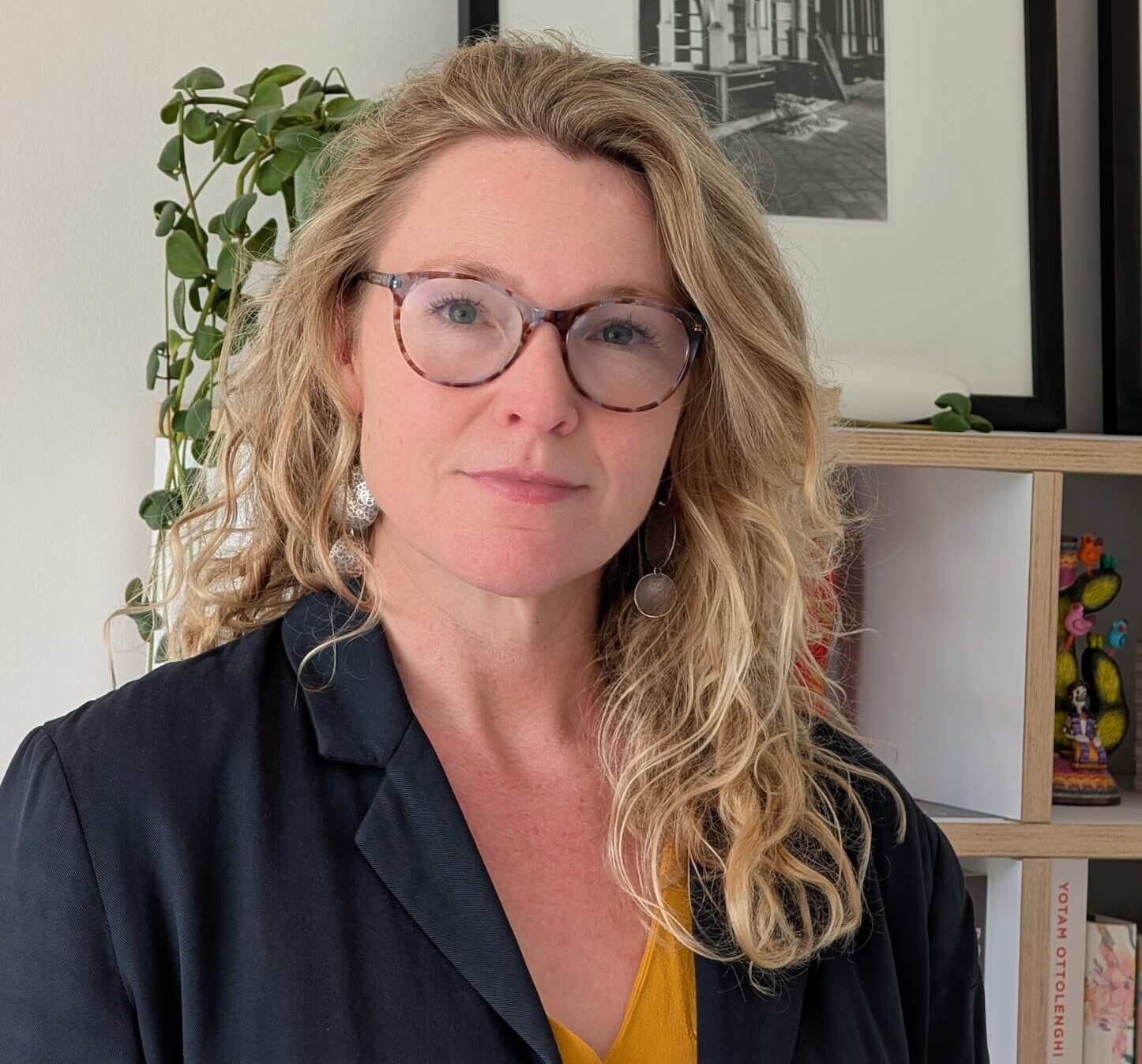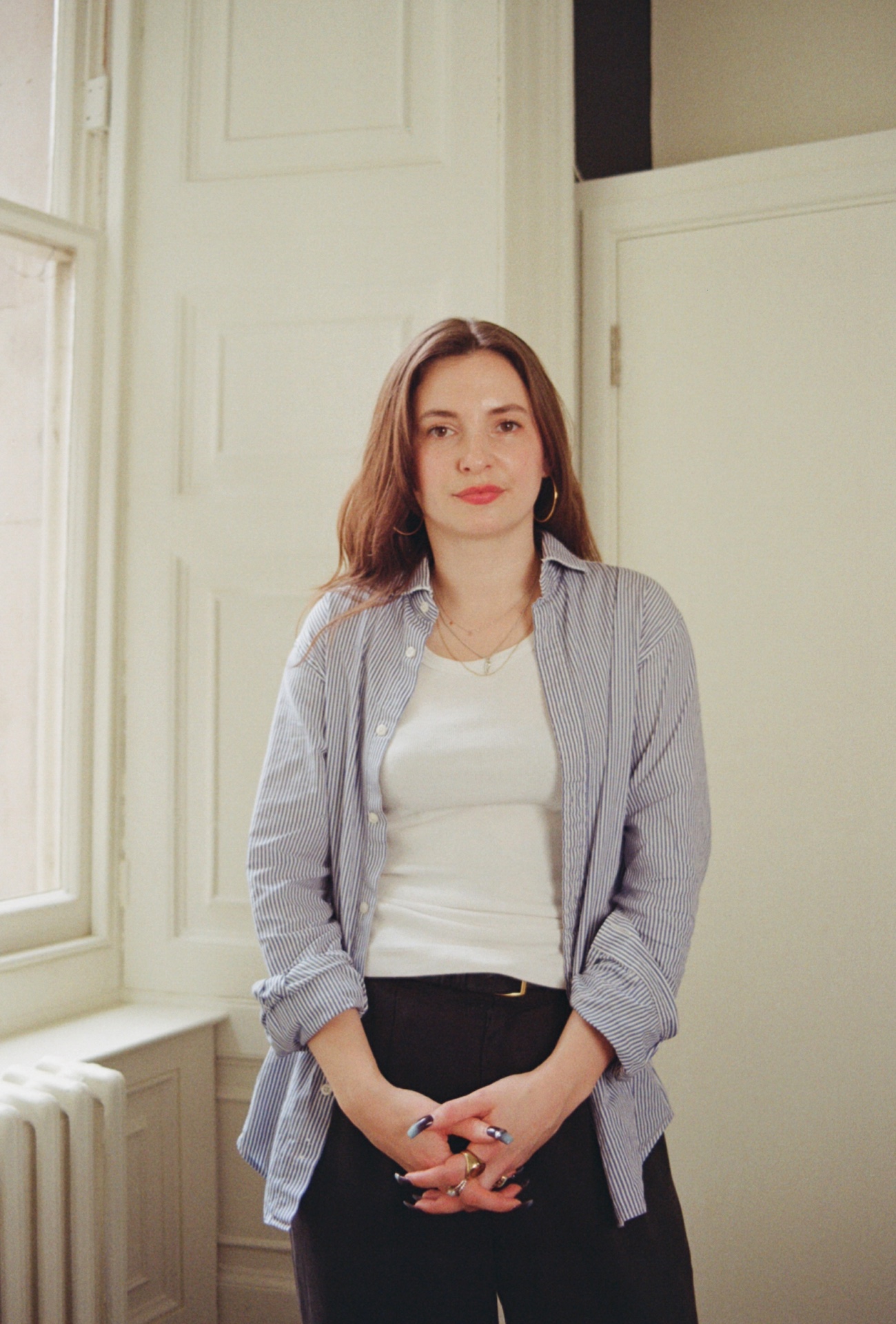

Interview Musician, Composer and Producer Bishi Bhattacharya
Along the way, Bishi has released three albums and several EPs under her own label Gryphon Records, with another coming soon: a full album for Maya, The Birth of a Superhero, released as an EP last year. She has collaborated with many of the greats, from Tony Visconti to Jarvis Cocker, and performed around the world, while being a passionate advocate for inclusivity in the creative and tech world.
Here, the mega star tells us about her spiritual icons, fantasy dinner party guests and the people and places that have changed her life.
THE WICK:
How do you blend Hindustani and western classical influences in your compositions and everyday existence?
Bishi Bhattacharya: The collision and juxtaposition of musical languages is the one principle I’ve really known and developed in my own unique way. Hindustani classical music is only made of melody and rhythm, whereas western classical music is harmonic. A lot of my own writing is quite modal and drone based, with harmonic shifts that modulate over those principle drones. Hopefully this isn’t too complex to follow for non-musicians. It’s not so much about a marriage of East meets West, but a tension between disciplines. That’s where beauty lies.
TW:
You started WITCiH to celebrate womxn in tech. How does the platform boost their visibility?
BB: WITCiH is a platform I founded and dedicated to uplifting the voices of Women, Non-Binary and Trans artists in tech. I’ve curated salons, podcasts and commissions from artists including Laurie Anderson, Imogen Heap, Ana Matronic, Mira Calix, Hannah Peel, Hinako Omori, Lula xyz, Portrait XO and Lia Mice. I came up through London music and queer subcultures and felt there needed to be more community building, where marginalised voices could share their skills, experiences and stories. After a hiatus, I will be bringing WITCiH back in 2024.
TW: Which women have helped to influence your music?
CR: Kate Bush, Björk, Missy Elliott, Grace Jones, PJ Harvey, Joni Mitchell, Laurie Anderson, Meredith Monk, Yoko Ono, Deborah Harry, Wendy Carlos, Delia Derbyshire, Laurie Spiegel, Yma Sumac, Ronnie Spector, Shirley Manson, Peaches, SOPHIE….the list is endless really.
TW: Your 2023 EP ‘Maya: The Birth of a Superhero’ is generating well-deserved attention. How did this collaboration with Poulomi Basu come about and why is this project important to you?
BB: It’s really important to me first and foremost, because Poulomi Basu is a Bengali artist and eco-feminist who’s working with feminist mythologies and the female body in a way that is completely radical, especially as this project is a VR film. Her co-director, CJ Clarke, heard me being interviewed on BBC Radio 4 about my last studio album and we connected over Instagram. ‘Maya, The Birth of a Superhero’ is the first score I’ve composed and produced for a film and I’ve had an absolute blast. It’s been a dream project to whet my skills as a composer and producer.
TW: You’ve collaborated with the likes of Tony Visconti, Sean Ono Lennon, Jarvis Cocker, and Daphne Guinness. How do these partnerships shape your creative process and why is interdisciplinary conversation vital?
BB: Each one of these people mentioned is an auteur and visionary. With every collaboration, we connected serendipitously and found mutual artistic respect and admiration for one another. As a DIY, self-releasing artist, I have never had to seek a label executive’s permission to collaborate with another artist. Each of these people had the unique ability to draw something artistically from me that I never felt was possible. Each collaboration and project is completely transformative. As a working creative, you have the opportunity to keep growing.
“The collision and juxtaposition of musical languages is the one principle I’ve really known and developed in my own unique way. Hindustani classical music is only made of melody and rhythm, whereas western classical music is harmonic.”
TW: If you could host a dinner party with three artists – living or dead – who would you choose?
BB:
Too many to choose from, so I’ll settle with David Bowie, as I never go to meet him and have heard so many amazing stories through working with Tony Visconti. I’d also choose Hilma Af Klint, as I’m obsessed with her work, and Derek Jarman, because we have so many people in common and could have a proper knees up. Who knows where the conversation would go. I think Bowie and Jarman could keep the humour going, for sure.
TW: Tell us about a book, movie, album or artwork that changed your life
BB: I’m going to pick Soho in London as a ‘life-changing artwork’. Growing up as an underage dial-up internet teen in the late 1990s, Soho was this intoxicating mix of creativity, seediness, and glamour. It was full of artists, bohemians and radical queens. London was rough and ungentrified, and street culture and counterculture was booming. As a teen, Soho was the first place I hung out with other musicians, misfits, scene queens and drag queens and I absolutely loved it. At weekends I’d go drinking in underground queer bars and dance all night in illicit nightclubs. Even though it’s incredibly tame these days, I still get a thrill walking through it.
TW: We’re about to enter the Lunar New Year. Tell us what we can expect from you in the year ahead
BB: I have composed and produced my first TV series for Channel 4, which will be out later this year. Unfortunately it’s something I can’t speak about more. I’ll also be releasing a full album of ‘Maya, The Birth of a Superhero,’ which I’m developing with an orchestra and I’m currently working to develop an assistive AI composer tool with the University of Sheffield, as well as developing a music coding project for young people with Sonic Pi.
TW:
Best piece of advice for younger creatives looking to make their mark?
BB: In a world that is obsessed with likes, streams and followers, and endlessly marketing yourself, do not be afraid to develop your artistic voice on your own terms. Stay focused on your creativity, community and relationships. If you have good ideas and great people around you, anything is possible.
TW: Tell us who is your ultimate Monday Muse and why?
BB:
A torturous ask for an endlessly curious artist! My Monday Muse is the Hindu Goddess, Kali. I came from a family who worshiped her and artistic depictions of Kali never bore me. She is the ultimate, dominant, punk rock diva goddess.









